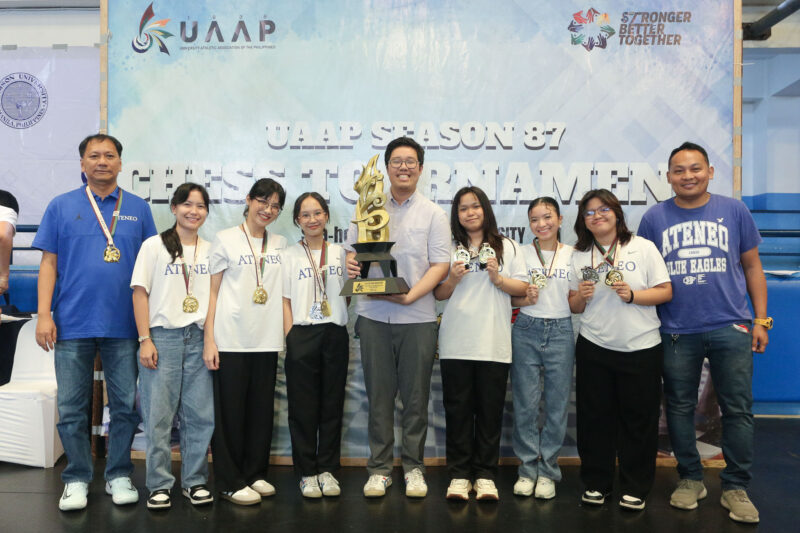While many seniors are thinking ahead to their theses, some are anxiously peering at the faint mirage of employment by spending their final intersession in internships. While getting to know my co-interns, I noticed how we all came from schools in Manila. As we asked about each other’s past internships, the more I became aware of how difficult it is to find good internships in the Philippines.
Perhaps this is because internship culture isn’t very popular here. Most of us who’ve successfully landed internships rarely scouted for them early in college.
Justine Chua, co-founder of a job hunting blog, told me that students from Singapore and Hong Kong are getting ahead of us with work experience because of the many internships they acquire before earning their degree. As a Singaporean, I can attest to this fact; Singaporeans are highly encouraged to gain experience as early as freshman year.
However, I think this shouldn’t simply be seen as a case of “career planning,” but should be viewed from a socioeconomic context. The reality is, not many students can afford internships. These involve many expenses, including meal and transport costs.
Internships are inherently made for those who can afford it. With most paid offers ranging from Php 3,000 to 7,000, the average intern will be hard-pressed to cover meal and transport costs using monthly stipend alone. Most internships don’t even provide stipends.
Education Secretary Leonor Briones claimed that only about half of Filipino high school graduates proceed to college, due to the burden of tuition and the addition of senior high. If tuition is already unaffordable, what more internships?
But the discrimination does not end there. During the Ateneo Career Fair in February, an Atenean’s tweet revealed the bias that the fair and some companies had for business students, emphasizing the utter lack of opportunities for non-business students.
There is also a notion that academic titles are more beneficial than experience. This may stem from the fact that internships are relatively new here. When there are such few well-structured programs, there is little hope for internships to provide an experience that tops learning within the classroom.
It is for these reasons that I hope for Ateneo to put more emphasis on internships. Don’t get me wrong—events like the Ateneo Placement Exposure Sessions and Career Fair are good entry points—but we need opportunities that are open to everyone, regardless of career path.
Another idea is for home departments to collaborate with companies in structuring programs for student-interns. And while our curricula are already loaded, my hope is for Ateneo to adjust and recognize the need for students to have longer internships, as one or two months are insufficient to gain a diverse experience in the workforce.
On a broader scope, it will take time before we learn that academics alone can’t help us transition into well-performing members of the workforce. Even more time will pass before we actually see more students from around the country take internships at top companies, many of which are based in Manila. But in the short-term, suffice it to say that these recommendations are points to consider in making internship a more relevant and accessible experience for all students.







